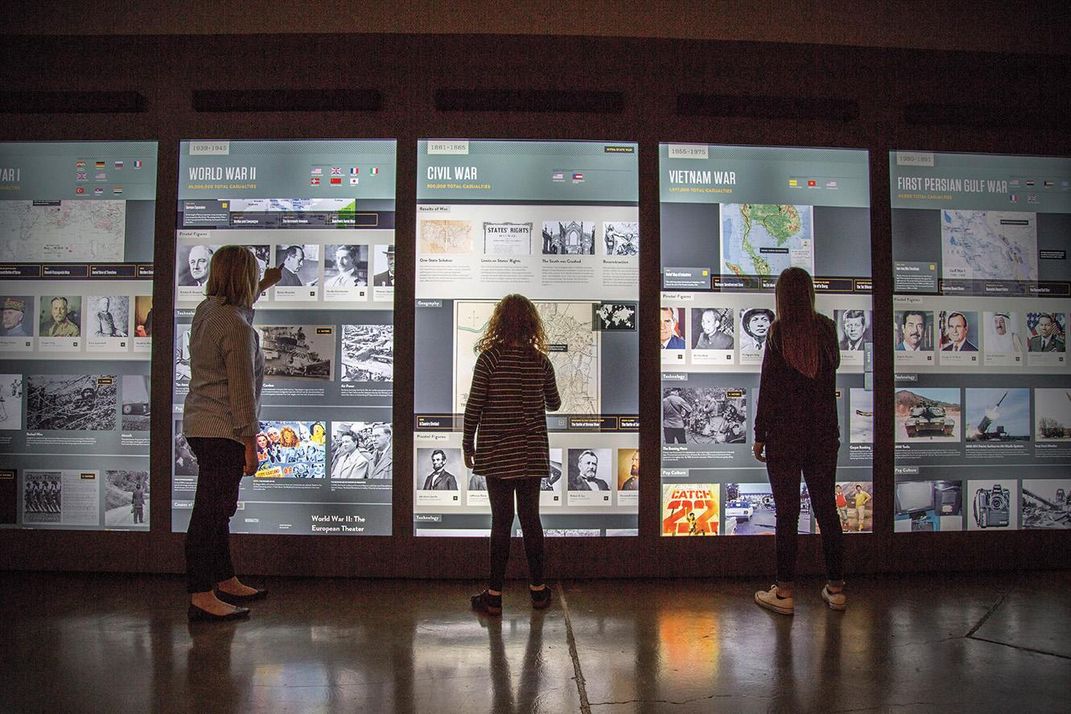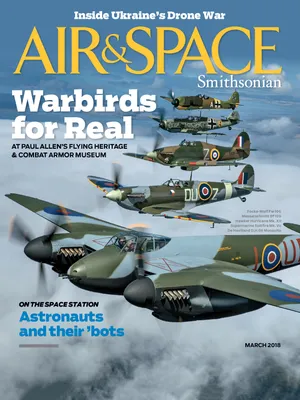Why Wars Happen
An interactive exhibit at Washington state’s Flying Heritage and Combat Armor Museum explores the tough question.
/https://tf-cmsv2-smithsonianmag-media.s3.amazonaws.com/filer/51/0d/510d5b4e-c05d-4ecd-a3b8-16c1e123e7e7/050607-f-1234p-085.jpg)
In 1941, a British special agent was hunched over a table, delicately stuffing explosives into the lifeless form of a skinned rat. One hundred rats had been collected from the streets of London, turned into de facto grenades, and placed in the quarters of Germans occupying France in the hope that the occupiers would toss them into a furnace, and BOOM. That agent, perhaps pausing for a moment to gaze at the pile of dead rodents on his desk, could probably be forgiven for wondering what string of events had led him to this particular task. The answer would surely be long and complicated, and that complexity is why the subject of what leads to war has been largely ignored by the many museums dedicated to military history. Until now.
In its main hangar, located just down the road from Boeing’s assembly plant in Everett, Washington, the Flying Heritage & Combat Armor Museum has recently opened “Why War: The Causes of Combat.” The exhibit allows visitors a brief break from the what, when, where, and how of war to examine the why, as well as to take a look at one of those infamous rats (preserved through taxidermy and acquired at auction).

Being the brainchild of Paul Allen, the exhibit is everything you might imagine a tech giant might conceive. Visitors stand awestruck before eight 98-inch touchscreens, swiping, tapping, and double-clicking their way through videos, biographies, maps, and photos of every major U.S. conflict from the Civil War through the first Gulf War. The exclamation “Wow” is heard over and over.
Opposite the bank of giant screens is a small side room that looks a bit like a missile control console. More touchscreens guide gamers through theoretical scenarios that could potentially lead to war. In each scenario, visitors’ decisions and outcomes are timed and assessed: Players who avoid war are rated “natural mediators”; those who don’t, “master strategists.”
“Why War” offers a greater appreciation for why the surrounding beautiful airplanes and rugged tanks were built in the first place.
